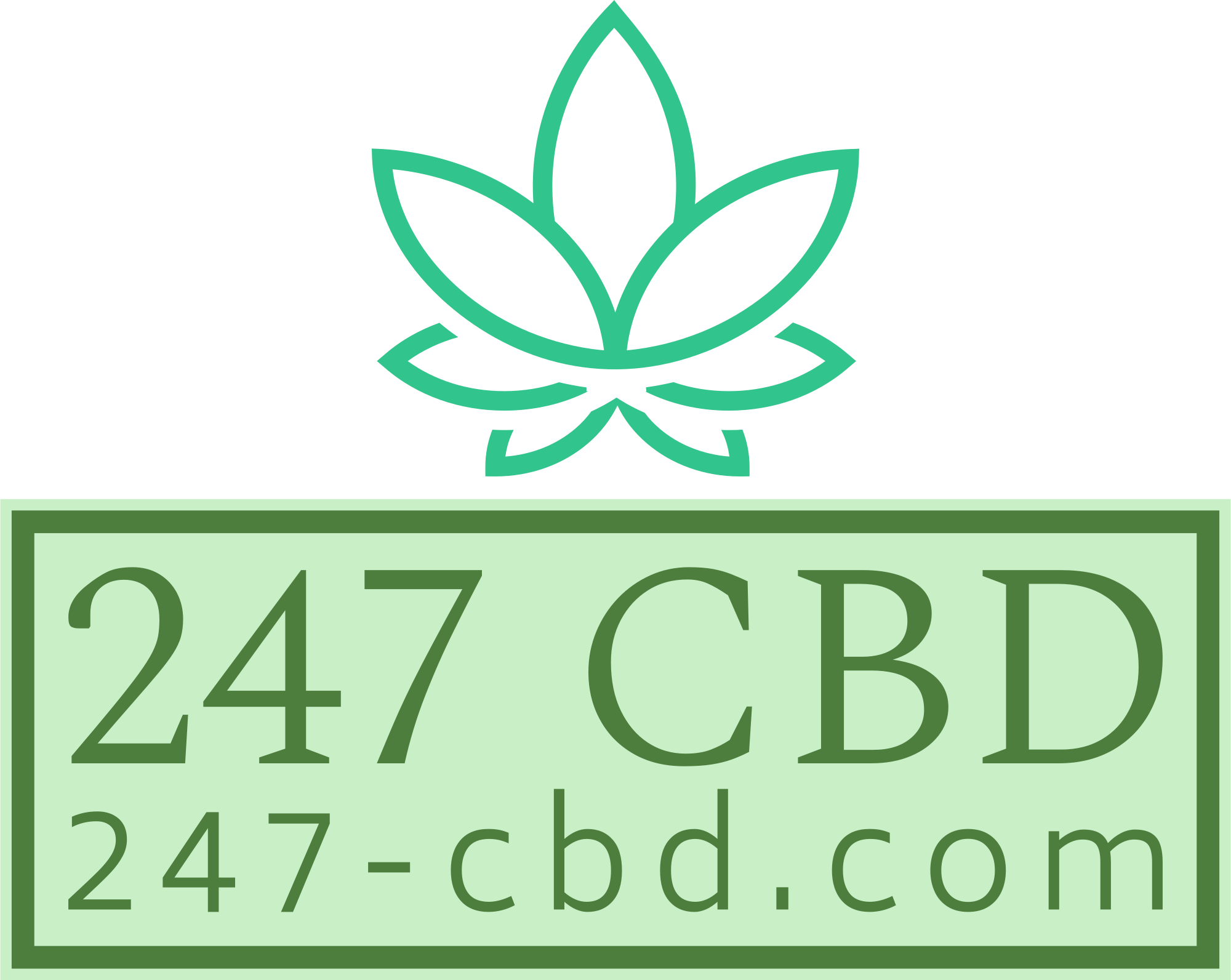The Role of Candida Albicans
Candida albicans is a type of fungus that plays a significant role in various physiological processes within the human body. While it is usually harmless and even helpful in maintaining the balance of gut flora, an overgrowth of Candida albicans can lead to infections. This article will discuss the causes, symptoms, and treatment of yeast infections caused by Candida albicans.
- Causes: Candida albicans is a commensal fungus that normally inhabits the human body, particularly in the mouth, gut, and genital areas. However, an imbalance of the body’s microbiome, known as dysbiosis, can lead to an overgrowth of Candida albicans. Other factors such as antibiotics, hormone replacement therapy, stress, and certain medications can also contribute to the growth of Candida albicans.
- Symptoms: The symptoms of a yeast infection caused by Candida albicans can vary depending on the location and severity of the infection. Common symptoms include itching, redness, and irritation in the affected area, as well as discomfort or pain during urination or sex. In severe cases, yeast infections can lead to more serious complications such as kidney damage or sepsis.
The treatment of yeast infections caused by Candida albicans typically involves antifungal medications, such as fluconazole or clotrimazole, which can be administered orally or topically. It is essential to complete the full course of treatment and follow a healthy diet and lifestyle to prevent re-infection.
Factors Contributing to Yeast Infection Development
yeast infections are fungal infections caused by overgrowth of yeast, typically Candida albicans, in warm, moist areas of the body
Several factors can contribute to the development of yeast infections, including hormonal changes, antibiotic use, poor diet, and weakened immune system
hormonal fluctuations during pregnancy or menopause can lead to an overgrowth of yeast due to increased levels of estrogen
antibiotic use can kill off good bacteria that normally regulate yeast growth, allowing the fungus to multiply out of control
a diet high in sugar and refined carbohydrates can provide a food source for yeast to feed on, promoting its growth
weakened immune system due to chronic illness or immunosuppressive therapy can make it difficult for the body to fight off yeast infections

other contributing factors include wearing tight clothing made of synthetic fabrics, douching, and using scented soaps or douches that disrupt the natural balance of vaginal flora
Typical Symptoms
yeast infections are a common health issue that affects millions of people worldwide. they can be painful and uncomfortable, but there are many symptoms to look out for if you suspect you may have one.
- itching in the genital area
- redness and swelling around the vagina or penis
- a thick, white discharge with a strong odor
- burning sensations while urinating or during sex
in severe cases, yeast infections can cause more serious symptoms such as fever, chills, and abdominal pain.
- if you experience any of these symptoms, it’s essential to see a doctor for proper diagnosis and treatment
- your doctor may prescribe antifungal medication or other treatments to help clear up the infection
- preventing yeast infections through good hygiene practices, wearing loose-fitting clothing, and avoiding douching can also help reduce your risk of developing one
in addition to these symptoms, some people may experience more severe reactions to yeast infections, such as post-infectious dysphoric disorder (pid). this is a condition that can cause feelings of guilt, shame, and anxiety after the infection has cleared up.
Additional Symptoms

yeast infections are a common condition that affects millions of people worldwide. they are caused by an overgrowth of yeast in the body, typically in the vagina or mouth.
- additional symptoms of yeast infections can include burning sensation while urinating, itching and redness around the vulva, abdominal pain, and discharge that has a thick, creamy texture
- in men, yeast infections can cause a red, itchy rash on the penis, as well as a burning sensation during urination
- people with weakened immune systems, such as those with diabetes or HIV/AIDS, are more susceptible to recurring yeast infections

yeast infections can also be triggered by certain medications, antibiotics, and hormonal changes during pregnancy or menopause.

Topical Treatments
yesterday, I was diagnosed with a yeast infection and was feeling really uncomfortable
Treatment options for yeast infections vary depending on the severity of the infection and the type of fungus causing it.
Topical treatments are often the first line of treatment for mild to moderate yeast infections. These can include creams or suppositories that contain antifungal medications such as clotrimazole or miconazole. These products are applied directly to the affected area and can help to reduce symptoms and clear up the infection.
Over-the-counter (OTC) treatments are available for yeast infections, but it’s essential to use them only under the guidance of a healthcare professional. Prescription-strength creams or suppositories may be necessary for more severe cases. Antifungal medications such as fluconazole or itraconazole can be effective in treating yeast infections, especially those that are resistant to topical treatments.
Other treatment options include oral antibiotics if bacterial vaginosis is present at the same time, and hormone therapy for women with hormonal imbalances. In some cases, a combination of treatments may be necessary to fully clear up the infection.
Oral Medications
yeast infections are a common type of fungal infection that affects millions of people worldwide. they typically occur in the vagina, but can also affect other parts of the body such as the penis, buttocks, and skin. oral medications can be used to treat yeast infections, particularly for people with weakened immune systems or who have experienced repeated episodes.
oral medications for yeast infections include antifungal medications such as fluconazole, clotrimazole, and miconazole. these medications work by stopping the growth of the fungus that causes yeast infections. they are usually taken once a day for several days to ensure complete treatment.
fluconazole is commonly used to treat vaginal yeast infections caused by candida albicans. it can also be used to treat oral thrush, which is an infection of the mouth and throat caused by the fungus candida. clotrimazole is often used to treat skin infections such as ringworm and athlete’s foot.
miconazole is a topical antifungal medication that is applied directly to the affected area to treat yeast infections of the vagina or penis. it can also be taken orally in some cases to treat more severe infections.
Home Remedies
Yeast infections are a common problem that affects many people, especially women. They can be caused by an overgrowth of yeast in the body, typically on the skin or in the vagina. There are several home remedies that can help alleviate the symptoms and treatment of yeast infections.
Some of the most effective home remedies for yeast infections include:
- Tea Tree Oil: This oil has antifungal properties that can help combat yeast overgrowth. It can be applied directly to the affected area using a cotton swab.
- Garlic: Garlic contains compounds that have antibacterial and antifungal properties, which can help treat yeast infections. It can be consumed as tea or added to food.
- Curcurmin: Curcumin is a compound found in turmeric that has anti-inflammatory properties. It can help reduce inflammation and discomfort associated with yeast infections.
- Apple Cider Vinegar: Apple cider vinegar has natural antifungal properties that can help treat yeast infections. It can be applied directly to the affected area or used as a douche.
In addition to these home remedies, it is also important to practice good hygiene and make lifestyle changes to prevent future yeast infections. This includes wearing breathable clothing, avoiding tight-fitting underwear, and avoiding antibiotics unless absolutely necessary. Treatment options for yeast infections include over-the-counter antifungal medications, prescription antifungals, and natural treatments such as probiotics and herbal remedies.
Discover floral lingerie for a delicate and romantic look at Peaches and Screams Buy sex furniture and position enhancers for ultimate comfort at Peaches and Screams Discover sexy stocking fillers for exciting surprises at Peaches and Screams Shop extra safe condoms for peace of mind at Peaches and Screams Discover unique bondage hoods at Peaches and Screams Buy butt plug sets for a complete experience at Peaches and Screams
Apples and Pears Co. Market Day ME Ayiti Natives Kindra Mann
- Why Does My Lip Filler Keep Migrating - November 3, 2025
- What Is The Difference Between CBD Gummy Edibles And Tinctures - October 31, 2025
- What Are The Best CBD Gummy Sweets For Daily Use - October 30, 2025
